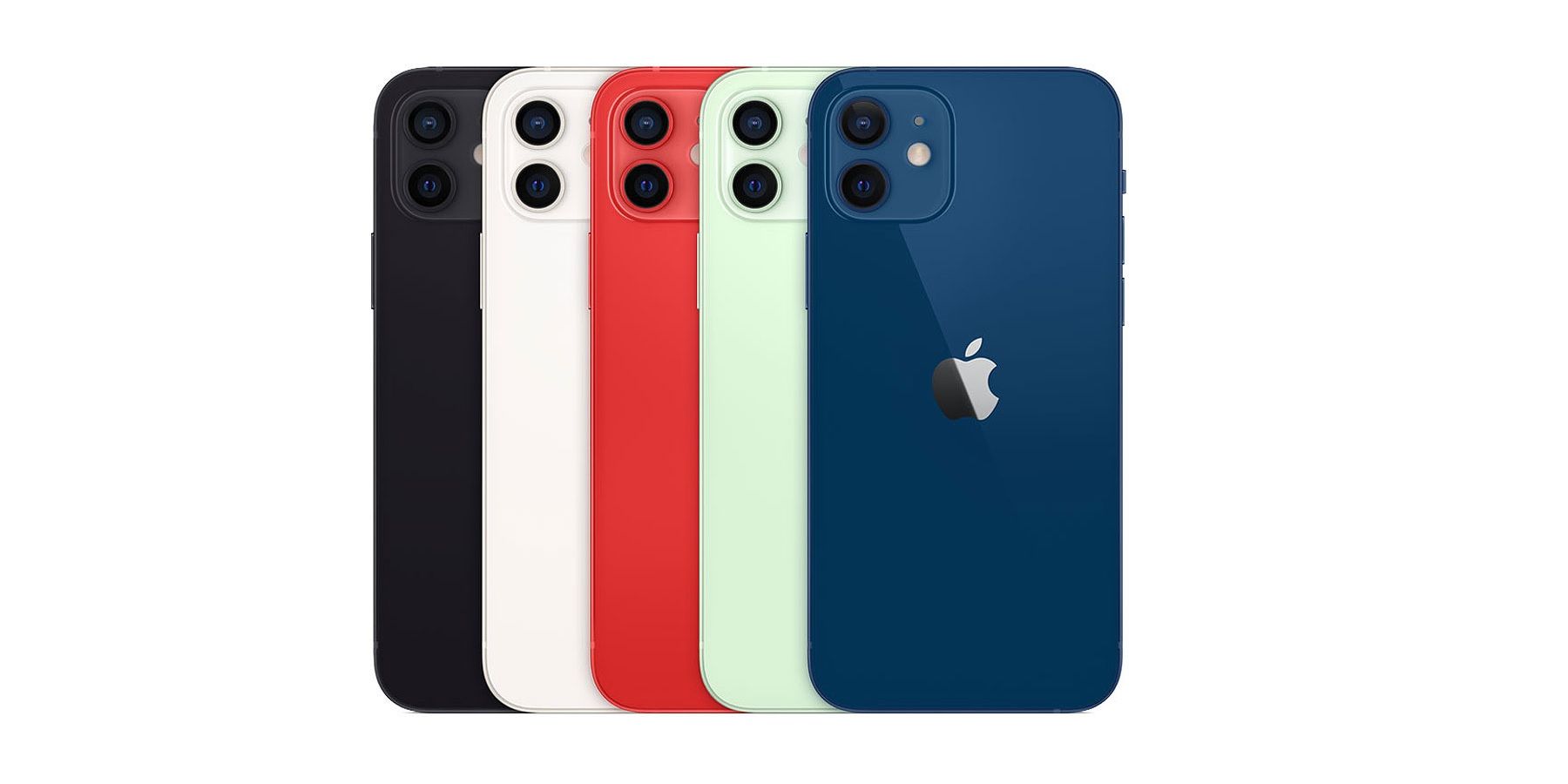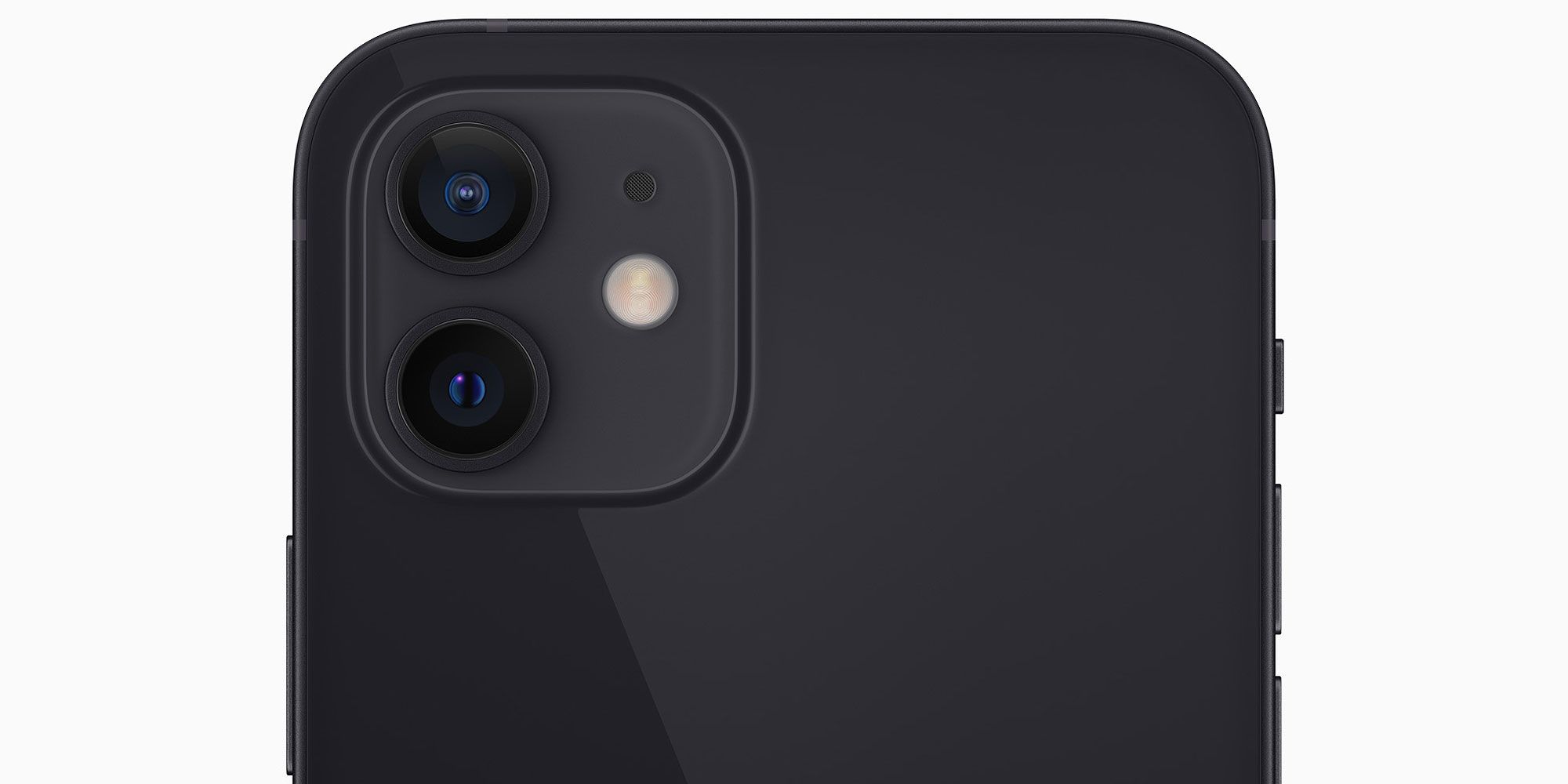While the new iPhone 12 may be appealing to many Apple fans, there are some glaring omissions in its design when compared to phones from some of its competitors. Now, granted, the iPhone 12 Pro and Pro Max are Apple's top-end options in this latest line, but some of these decisions of what not to put in these phones are a little surprising.
The iPhone has been one of the most popular smartphone lines since it was first released in 2007. The device has gone through many iterations over the years, leading up to Apple unveiling its newest iPhone options during a live stream on Tuesday. The lineup included the iPhone 12, iPhone 12 mini, iPhone 12 Pro, and iPhone 12 Pro Max, launched alongside a new HomePod mini smart speaker.
As always, the iPhone 12 line will likely be a big seller for Apple, but the company always makes some design choices, often proprietary in nature, that could hinder it in the marketplace. The device, of course, runs on iOS instead of Android and is integrated with the App Store instead of Google Play. Like with iPhone models before it, the interface on the iPhone 12 lacks a back button and support for a memory card. The phones also use Apple's proprietary Lightning connectors instead of USB-C, which is the more standard option nowadays for smartphones — at least flagship ones. Like USB-C, a Lightning connector eliminates the need of a headphone jack as it combines it with the power port. While some people aren't fans of the combination and still prefer phones with separate headphone jacks, it doesn't change the fact that USB-C is the more accepted form factor.
More Missing Or Lesser iPhone Features
In terms of graphics, the iPhone 12 line has a pretty good resolution from 2,340 x 1,080 on the 5.4-inch iPhone 12 mini to 2,778 x 1,284 on the 6.7-inch iPhone 12 Pro Max. Granted, that doesn't compare to the 6.9-inch Samsung Galaxy S20 Ultra, which has a 3,200 x 1,440 display but that's a little over the top anyway. The bigger concern is that none of the phones' displays have a 120Hz refresh rate as the S20 line does, and as do some offerings from other smartphone manufacturers, including OnePlus, Asus and Realme. While it may not be necessary for everyday use, those who play a lot of games or watch a lot of videos appreciate displays with faster refresh rates, as the experience is smoother with less lag to deal with.
While the iPhone 12 Pro and Pro Max use a quad-lens system that includes a time-of-flight camera, the iPhone 12 and iPhone 12 mini only have a dual-lens system. They don't even have a telephoto lens, just a wide-angle and ultra-wide-angle. Even on the higher-end phones, the zoom capability is a little lame. The optical zoom on the top-end iPhone 12 Pro Max is a measly 2.5x while the digital zoom is 12x. This is a little surprising when comparing these iPhone models to top-end phones from Samsung and Huawei. For example, the Galaxy S20 Ultra again, has a 4x optical, a 10x hybrid, and a 100x digital zoom. Similarly, the Huawei P40 Pro+ has a 10x hybrid and 100x digital. Not that anyone is expecting to get a good picture at that magnification, but from a sheer numbers perspective, they blow the iPhone 12 Pro Max out of the water. Whether these features, or lack thereof, are reasons enough not to buy one of the new iPhone models is really up to the individual, and what they expect from a premium smartphone purchase, Apple or otherwise.
Source: Apple


